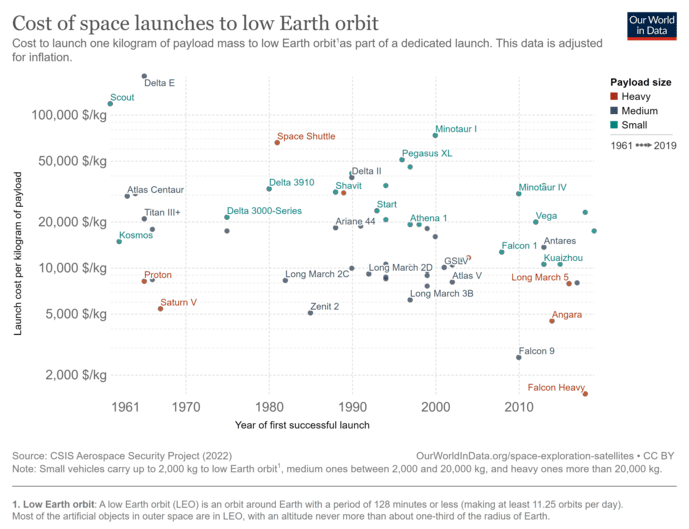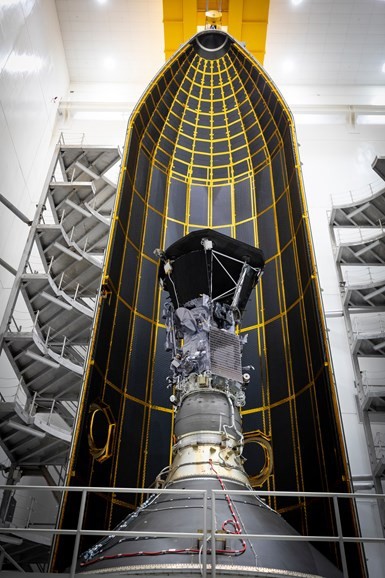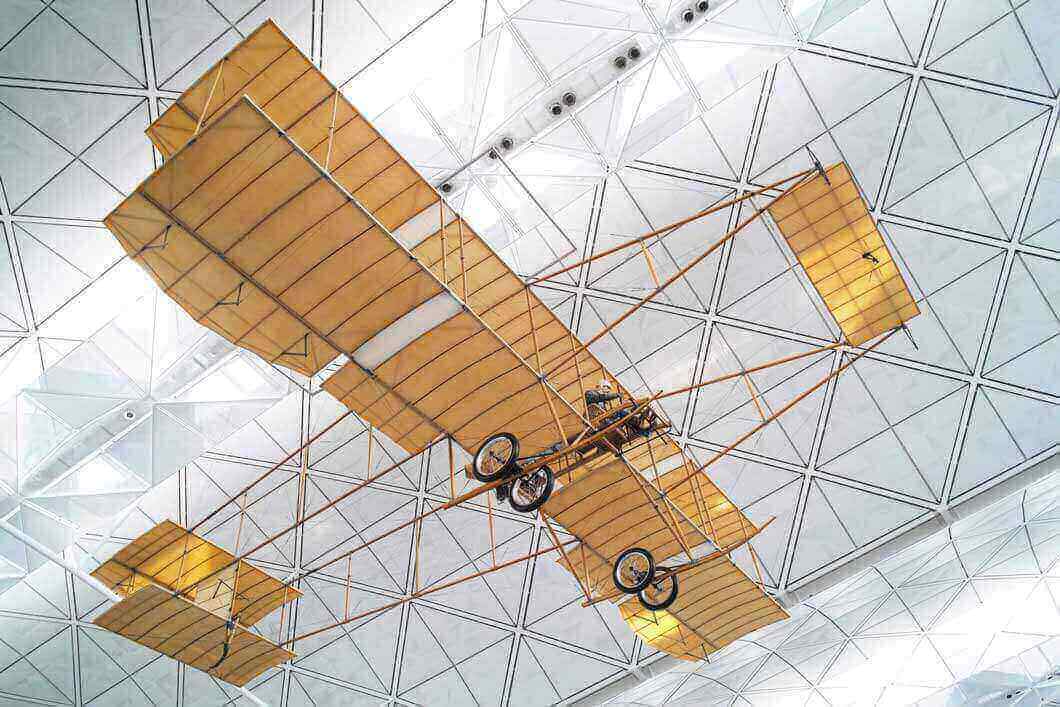Composites: The future lies in space
21.04.2023
Space exploration has been one of the strongest drivers of technological development since its inception. The technical challenges it brings, from access to space to operation in a space environment, require new technical knowledge, innovation and initiatives in the development of new materials, manufacturing processes, the design of innovative structures, and the testing and evaluation of systems for space.
Lightweight materials contribute to space mission economics
The use of fiber-reinforced composites has steadily increased over the past few decades due to their unique combination of low density, high stiffness and strength, and toughness. They are considered the next generation of materials for space applications.
To design a material for space applications, an important aspect to consider is the overall mass of the structure. Reducing the weight of structures and systems launched into space is one of the biggest challenges, as each kilogram launched can cost thousands of euros.

One possible answer to this challenge is the development of composite materials, as they can be more resistant and stiffer than those materials they replace. Composites thus become economic enablers of access to space.
Requirements for composite materials in space
During the design phase of structural materials for space applications, it is important to consider the space environment in terms of vacuum, radiation, and thermal cycling to ensure the durability of the material under harsh conditions.
For example, satellites are subjected to various types of mechanical, thermal, and electromagnetic disturbances during their development, fabrication, and launch to their final operational position in space [5]. One of the common materials used in space applications is aluminum. As a structural material, it is lighter than other metallic materials; however, it is heavy compared to advanced composite materials.
Aluminum is used as radiation shielding in space structures, it is designed to attenuate the energy and flux of radiation to a level below a certain threshold that is safe for the electronics of the space structure and the payload. [6].
Other aspects to be considered for space materials can be found in ECSS-EHB-32-20 Part 1A/2011 "Space engineering: structural materials handbook - Part 1: Overview and material properties and applications" [7]. The main considerations are:
- The outgassing rate (which must be as low as possible),
- Microcrack resistance (materials must have a high resistance to microcracking due to micrometeoroid impact),
- Dimensional stability (a low coefficient of thermal expansion) at high/low temperatures (thermal cycling),
- Resistance to gamma radiation,
- Resistance to the attack of atomic currents,
- Proton and electron shielding,
- UV and VUV shielding.
According to ECSS-E-HB-32-26A/2013 "Space engineering. Spacecraft mechanical loads analysis handbook", hardware during space flight is subject to static and dynamic loads such as.
- static acceleration,
- low frequency dynamic response,
- high frequency random vibration environment,
- high frequency acoustic pressure environment,
- shock events [8].
Image source: NASA

Conclusion
With the advancement of technology, thanks to the design of optimized products, the development of new manufacturing processes, and the introduction of new materials (such as new polymers, new fibers, or the incorporation of new materials into the structure, such as nanomaterials), composite structures for space applications have achieved even more remarkable performance. [4],[5],[6],[7]
Sources used
[1] Naser, M. Z., & Chehab, A. I. (2018). Materials and design concepts for space-resilient structures. Progress in Aerospace Sciences, 98, 74-90.
[2] Bhat, Gajanan, ed. Structure and properties of high-performance fibers. Woodhead Publishing, 2016.
[3] Alemour, B., Badran, O., & Hassan, M. R. (2019). A Review of using conductive composite materials in solving lightening strike and ice accumulation problems in aviation. Journal of Aerospace Technology and Management, 11.
[4] Sudhin, A. U., Remanan, M., Ajeesh, G., & Jayanarayanan, K. (2020). Comparison of Properties of Carbon Fiber Reinforced Thermoplastic and Thermosetting Composites for Aerospace Applications. Materials Today: Proceedings, 24, 453-462.
[5] Zhang, X., Chen, Y., & Hu, J. (2018). Recent advances in the development of aerospace materials. Progress in Aerospace Sciences, 97, 22-34.
[6] Sairajan, K. K., Aglietti, G. S., & Mani, K. M. (2016). A review of multifunctional structure technology for aerospace applications. Acta astronautica, 120, 30-42.
[7] Gohardani, O., Elola, M. C., & Elizetxea, C. (2014). Potential and prospective implementation of carbon nanotubes on next generation aircraft and space vehicles: A review of current and expected applications in aerospace sciences. Progress in Aerospace Sciences, 70, 42-68.











